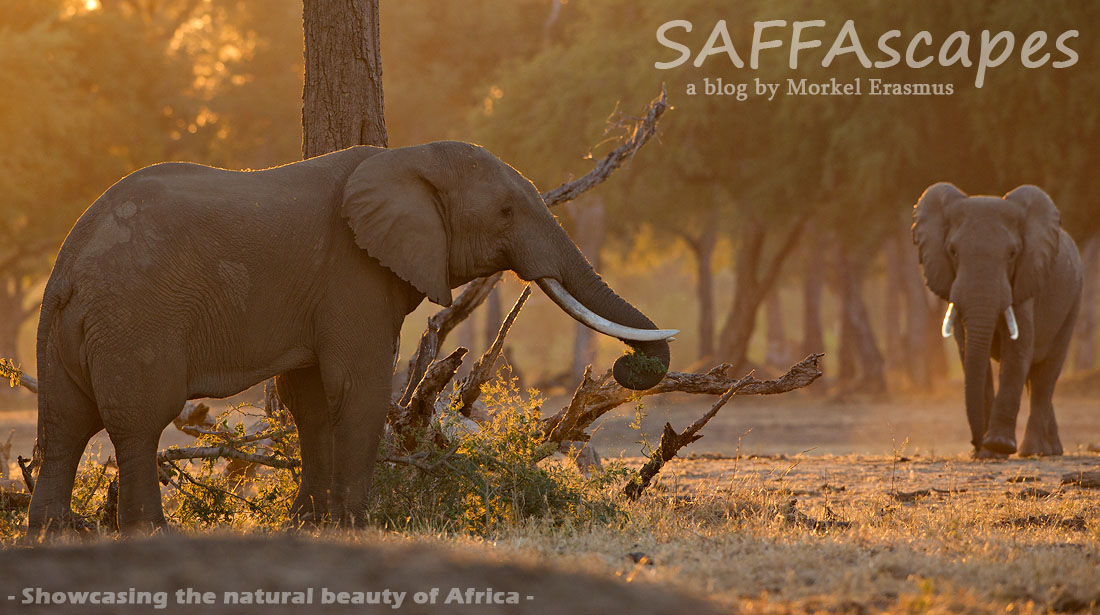Hi everyone...
As promised, I've got a lot of catching up to do on trips I've done in the past year!
In September 2009 we were fortunate enough to go on a marvellous 8-day trip to the Kgalagadi Transfrontier Park in South Africa. This unique National Park straddles the border between South Africa, Namibia and Botswana, and you can actually enter it from either of these countries.
The Kalahari is a funny place...if you've never been there, you wonder what makes people go back there time after time and can't figure out what the hype is about. But - if you've been there - you keep finding your heart aching to get back there, gaze upon its red sand and endless skies, and drink in the thundering silence.
The sunsets were just fantastic - glorious splashes of light falling onto a piece of earth that reflects it beautifully.
The first clouds of spring rain were building up during one morning of our trip, but unfortunately for the fauna and flora it never really rained that week - although the turbulent clouds made for some dramatic contrasts against the red sand and golden grass...
The cornerstone of life in the Kalahari is the Camelthorn tree...this tree provides life and sustenance and much-needed soil minerals to many of the animals which call this arid semi-desert home. You will see it standing solitary against a dune in the photo above, and also in the shot below as the road leads you between two of them.
As you can see in these photos - the clouds can be really something in the Kalahari...and as a landscape photographer this really helps you fill the frame with elements that engage the viewer's eye, and in some cases, serve as leading lines to lead you through the image.
At sunrise and sunset the clouds also help to capture and reflect that sweet golden light that every photographer hunts after. This sunrise shot was taken early one morning behind our tent:
The beauty about HDR photography is that it's not limited to only landscape shots for example...I have and am still continuing to explore new ways to apply this to the kind of shots I find myself taking. My first love photographically has always been wildlife - and it was only obvious that I should start dabbling with wildlife HDR shots.
As an example - here is a shot taken on the dunes in the Kgalagadi one evening as the sun set behind a herd of grazing oryx.
As this blog progresses I will show you more of what I mean when applying this to different areas of photography such as wildlife photography...
Thanks for reading, and keep watching this space...! :)
Morkel








-edited.jpg)

